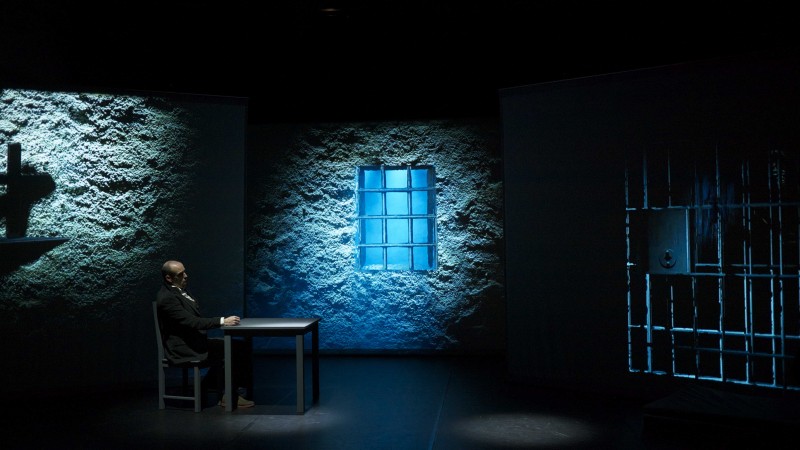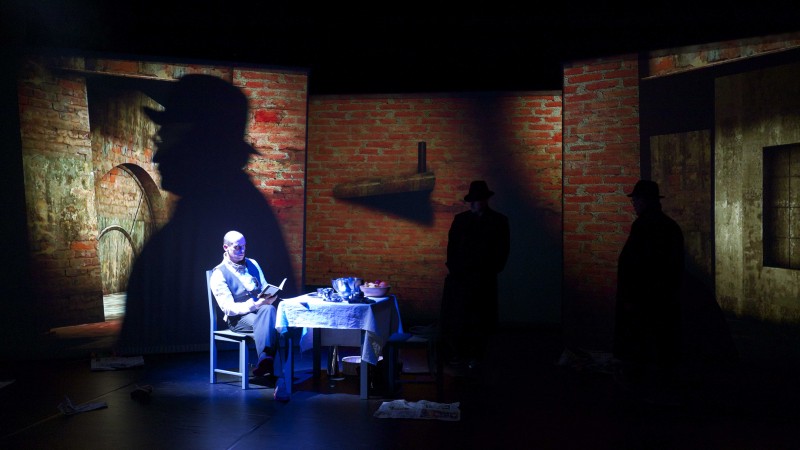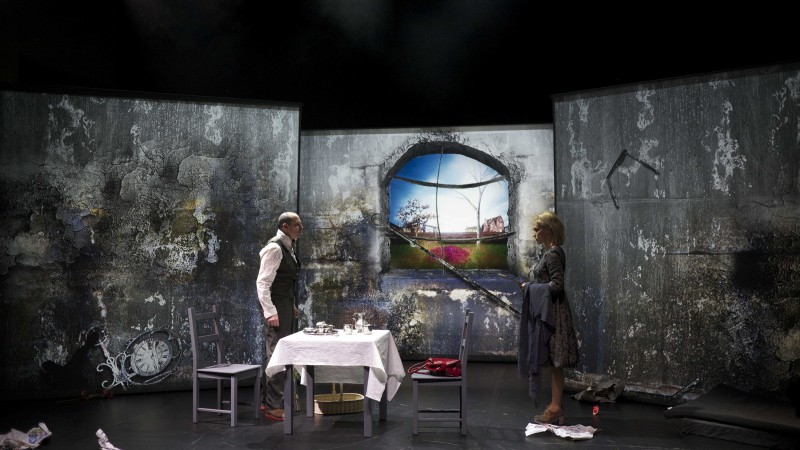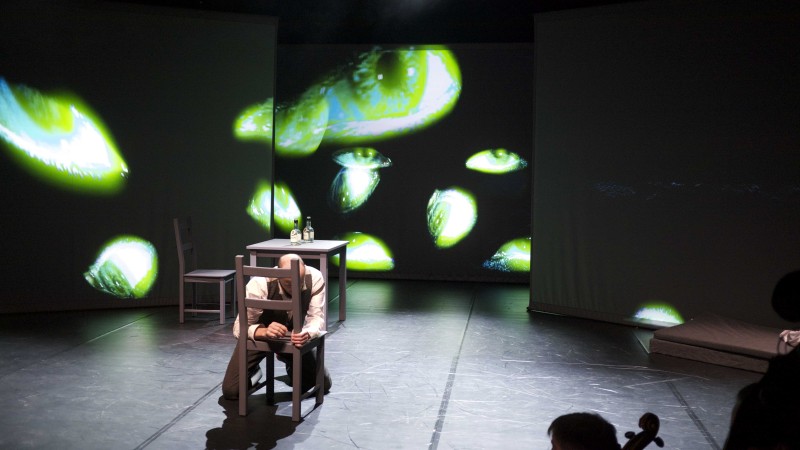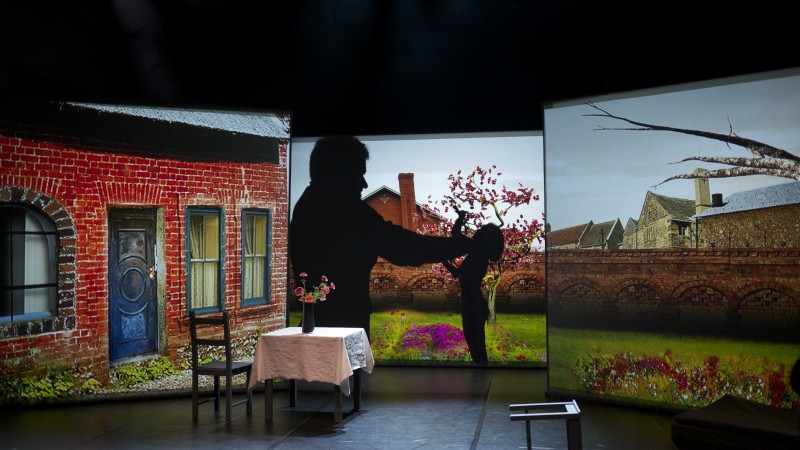He starts to look for a new cat, and one day, sitting drunken in a tavern, he finds one strikingly similar cat, which is even
missing one eye. The new cat is delighted to be brought into the home of the narrator. Very soon the new cat starts to follow
the narrator’s every step until he begins to fear the creature more and more. It is with terror that the narrator discovers
a mark of white hair on the cat having formed the shape of the gallows!
One day the cat accompanies the narrator into the cellar of the house. It gets under his feet and almost trips him down to
the floor. The narrator takes an axe and tries to kill the cat, but his wife stops him. In a 'rage more than demoniacal' he
hits his wife‘s head and kills her with one stroke. The narrator removes bricks from a wall to conceal the body, hides the
remains of his wife inside, and walls the whole up again. He leaves no trace and is satisfied with the result. He intends
to kill the cat as well, but the cat has disappeared.
On the fourth day after the murder the police come into the house. The narrator shows them the cellar from end to end with
highest confidence in his safety. The police find nothing. 'By the bye, gentlemen, this - this is a very well constructed
house.' To prove it he knocks against the wall with a stick on the spot where his wife is buried. Suddenly a wailing shriek
like a cry from hell can be heard. The police destroy the wall and uncover the wife‘s body. In horror the narrator sees the
cat on the corpse‘s head and realizes his deadly mistake:
'I had walled the monster up within the tomb!'


